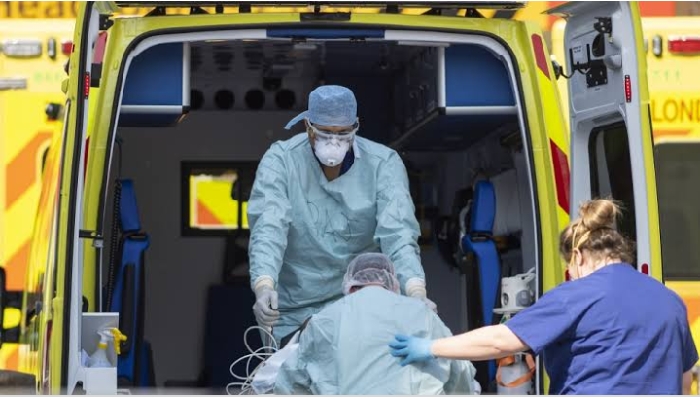London, Aug 31: The fascination with Princess Diana's life extends to her death. Not since the 1963 assassination of John F. Kennedy has a tragic demise been so minutely analyzed, or spawned so many lurid theories.
A French investigation, a years-long British police inquiry and a coroner's inquest all concluded there was no foul play in the princess' fatal car crash — but that has not silenced speculation that Diana was the victim of an Establishment murder plot.
THE CAR CRASH
The 36-year-old princess left the Ritz Hotel in Paris just after midnight on Aug. 31, 1997, with her boyfriend Dodi Fayed and her bodyguard, Trevor Rees-Jones. Her Mercedes, pursued by paparazzi, crashed into a concrete pillar in the Alma Tunnel at more than 60 mph (100 kph). The princess, Fayed and driver Henri Paul were all killed. Rees-Jones was injured but survived.
THE DIANA CONSPIRACIES
Global shock soon gave way to speculation — about the role of the pursuing paparazzi and, for some, about whether darker forces were at work. Diana was the world's most famous woman at the time, and her public discussion of her unhappy marriage had been a major embarrassment to Britain's royal family since she and Prince Charles had separated in 1992.
Diana had written in a 1995 letter of fears that Charles was "planning an `accident' in my car" — although she had also speculated about dying in a helicopter or airplane crash.
The most vocal conspiracy theorist was Dodi's father, Mohammad Al Fayed, a wealthy businessman who owned the Ritz in Paris and London's Harrods department store. He insisted that Prince Philip, husband of Queen Elizabeth II, had masterminded a conspiracy by British spies to kill Diana and Dodi because he disapproved of their relationship.
Al Fayed claimed Diana was pregnant and planning to marry Dodi, and that the royal family could not countenance the princess marrying a Muslim.
In 2008, Al Fayed told an inquest that the list of alleged conspirators included Philip, Charles, former Prime Minister Tony Blair, Diana's sister Sarah McCorquodale, two former London police chiefs and the CIA.
WHAT THE INVESTIGATIONS FOUND
Several investigations ruled out a criminal conspiracy in Diana's death.
A French court ruled in 1999 that the crash was an accident caused by Paul, who was drunk and driving at twice the legal speed limit.
A three-year British inquiry led by Metropolitan Police chief John Stevens also found that Paul was drunk and driving at a high speed to elude pursuing photographers. Stevens' report said Diana was not pregnant, and had not been planning to marry Dodi.
Stevens concluded in 2006 that Diana's death "was a tragic accident."
In 2007, an inquest opened before a judge and jury at London's Royal Courts of Justice. It heard from 240 witnesses before concluding in April 2008 that Diana had been unlawfully killed through the reckless actions of driver Paul and the paparazzi.
In 2013, British police investigated allegations by an anonymous former soldier that Britain's special forces unit, the SAS, was involved in Diana's death. Police concluded there was "no credible evidence" and declined to reopen the investigation.
AND YET QUESTIONS REMAIN
Enough mysteries remain to ensure that the Diana conspiracy theories will never be completely silenced. There is no surveillance camera footage of the crash, although there were cameras in the tunnel.
Some witnesses reported seeing a bright flash in the tunnel just before the accident, though others did not.
And police have never traced a white Fiat car that was seen in the tunnel and may have collided with Diana's vehicle before the crash.
Pauline Maclaran, co-author of "Royal Fever: The British Monarchy in Consumer Culture," said conspiracy theories about celebrity deaths are not only common but durable.
"Human nature refuses to believe that something as random as a car accident could kill someone as special as Diana," she said. "When you have icons, it's very hard to believe that they can just come to an end in such a futile way."






Comments
Add new comment